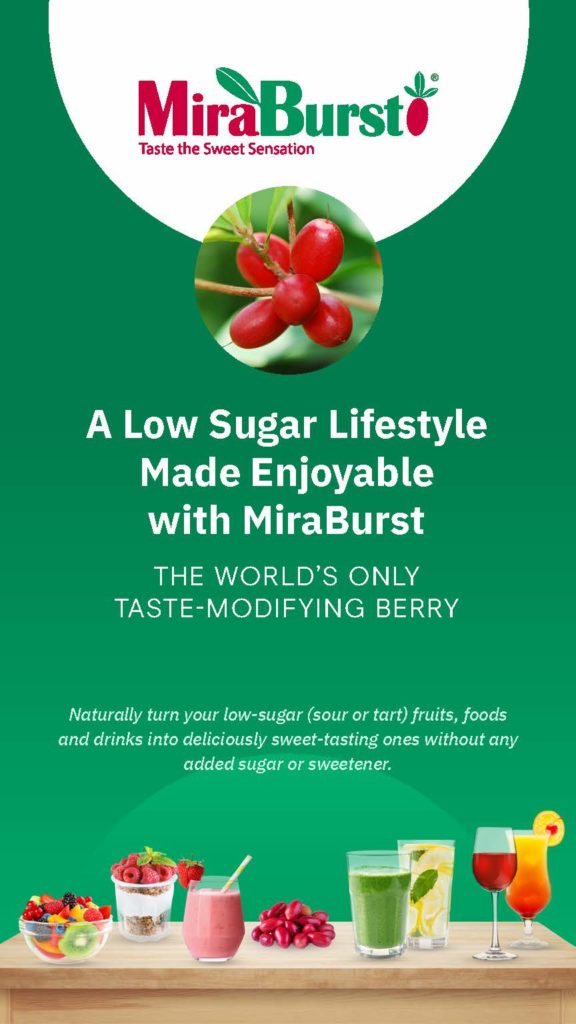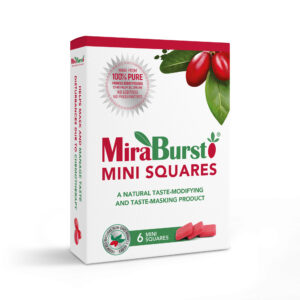
This Berry is Truly a “Miracle” Food!

The term “miracle foods” has become a catchphrase for many foods consumed by health-conscious individuals today. In fact, it is so overused by some marketing sectors as to be virtually meaningless. But in the case of miracle fruit or miracle berry products, the term is appropriate for many reasons.
The “miracle” part of the miracle berry is the way it works. Essentially, the miracle berry can change the way you experience food.
How Your Taste Buds Work
When it comes to taste buds, most of us were told that different areas of the tongue experience taste differently. But this has proven to be untrue. Instead, we now know that what are known as taste receptors are spread on the surface of the tongue evenly. Differing foods fit with their counterpart receptors. So, when you experience a sweet food, the sweet receptors are engaged. The same for sour or bitter foods.
Miracle Berries Confuse Taste Receptors
The miracle berry has a temporary effect on those sour or bitter receptors. So, when you experience a sour food, say a lemon, the sweet receptors on the surface of the tongue are activated instead of the sour ones. The consequence is that you taste sweet, not sour. The miracle berry has effectively put your sour receptors into a type of suspended animation.
Enjoyed by Indigenous Peoples for Centuries
The official name for the miracle berry is synsepalum dulcificum. The “miracle” component is the chemical aptly named miraculin that briefly puts your taste receptors into that suspended animation. Originally used for centuries in West Africa by the native people wishing to change the taste of their food, it made their simple sour and bland fare full of flavor. When a European explorer by the name of Chevalier des Marchais mentioned the berry in his journals, it got the attention of Westerners and became known at the “miracle berry” in 1852 when it was officially scientifically studied by a European chemist.
[mira-cta]
What is the Future for the Miracle Berry?
So, what are the implications for this “miracle” berry beyond a fun taste experience? For the future, the miracle fruit holds promise as a natural sweetening agent. Although the first attempts at this were curtailed by the FDA, it still has future promise, especially in the battle with obesity and diabetes. And cancer patients who undergo chemotherapy have found great success with the way the fruit has helped with the very common side effect of food distaste.
Miracle berries are available frozen through certain retailers such as MiraBurst™ and can also be found in easy melt tablet form. Order yours today!

